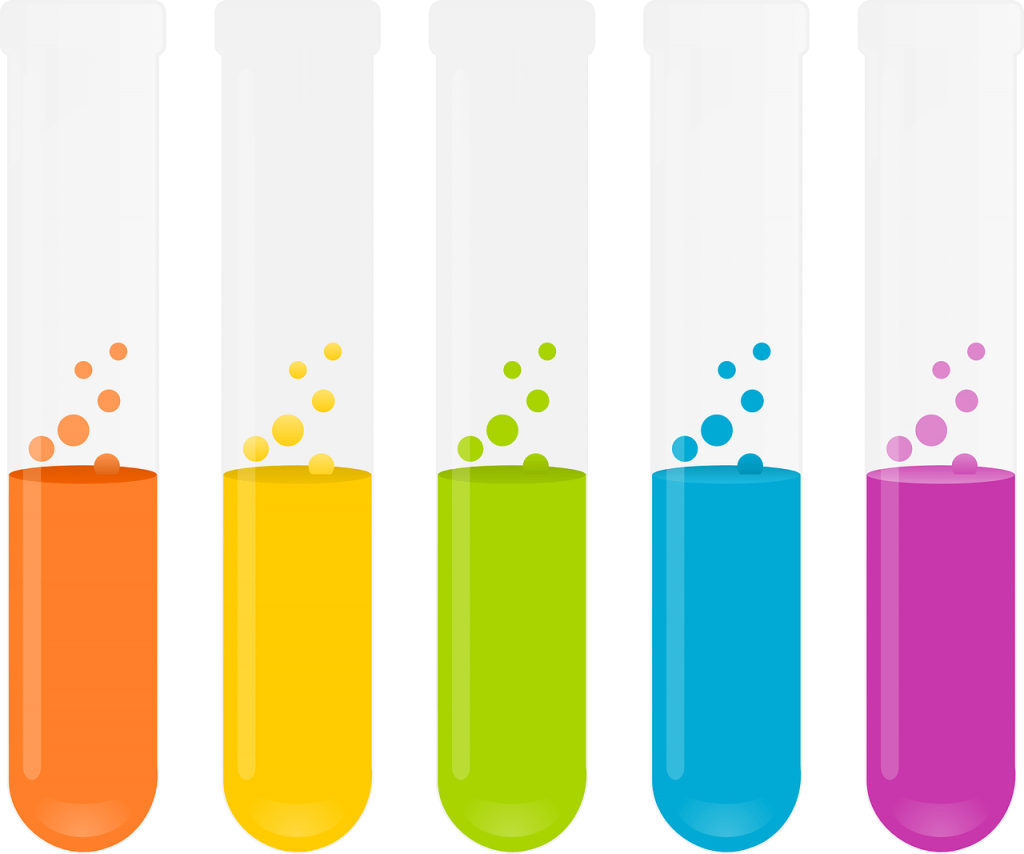
1. What is bumping in chemistry
Chemists define bumping as a phenomenon where boiled homogenous solutions superheat and once nucleation happens, the liquid is expelled from the container. In less puzzling terms – when you heat up a liquid beyond its boiling point, it can burst out of the container. In some extreme cases, the test tube might even explode. Bumping can be quite unpredictable, not to mention dangerous. Hard to imagine all of that fuss is caused by tiny bumping bubbles, but it is.
2. How, where and why does bumping occur
For bumping to occur during an experiment there’s a number of things that need to align (or go wrong, to be precise). We primarily need the right temperature, pressure, and a nucleation site. As we heat up a liquid, its pressure rises as well. To get it to superheat we need to keep going until the liquid passes its boiling point. However, a liquid that is close to its boiling point usually forms tiny bubbles on the surface. This in turn releases the built-up heat. In a pure and degassed liquid bubbles don’t form that easily. If we truly had a completely clean and smooth container, sure enough, we’d simply get the liquid to superheat. No need for concern. However, in real working conditions that’s hard to achieve, if not impossible. The answer is in the places where bubbles form, that is, where nucleation happens. Containers, no matter how well kept, have tiny crevices with gas hidden inside. Those spots become nucleation sites so bubbles form around them. You can easily observe this in everyday life too, for instance in a glass of water. Even though the glass surface seems smooth, bubbles will form over time. If you put a finger in the glass, you’ll see bubbles forming on the skin even quicker. Skin is quite porous and full of tiny nucleation sites. Just to be clear, this is not to encourage you to put a finger in your solution. It’s simply highlighting the importance of bubbles and how / when they form. A bunch of tiny bubbles will help boiling. However, if the bubble is formed after the liquid is superheated, rapid boiling will form one giant bubble and expel the liquid from the container.
3. How to prevent bumping
Preventing bumping is important, and not just for scientists. Some basic chemistry knowledge will help you out in everyday life, too. For instance, it will help you microwave a cup of tea and keep it from blowing up. Well, if that isn’t a fantastic skill to add to your resume then what is! To prevent bumping from happening you can use boiling chips, stones, and sticks. What these handy little things add to the solution is an opportunity for bubbles to form in a way that gradually releases the heat. Both the rocks and the sticks are porous and contain trapped air (remember the finger in a glass of water). Their surface offers nucleation sites which in turn encourages smooth boiling. Once you know its mechanics, bumping in chemistry is easily avoided. Something similar will help you out with preparing tea in a microwave as well. So how can bumping be avoided when heating water? In a few words – put a wooden spoon in it. The wood will act as a makeshift boiling stick and prevent the liquid from bumping. That’s it. A wooden spoon, a simple solution to a potentially dangerous mishap. Just keep in mind, you don’t want to use a metallic one!
